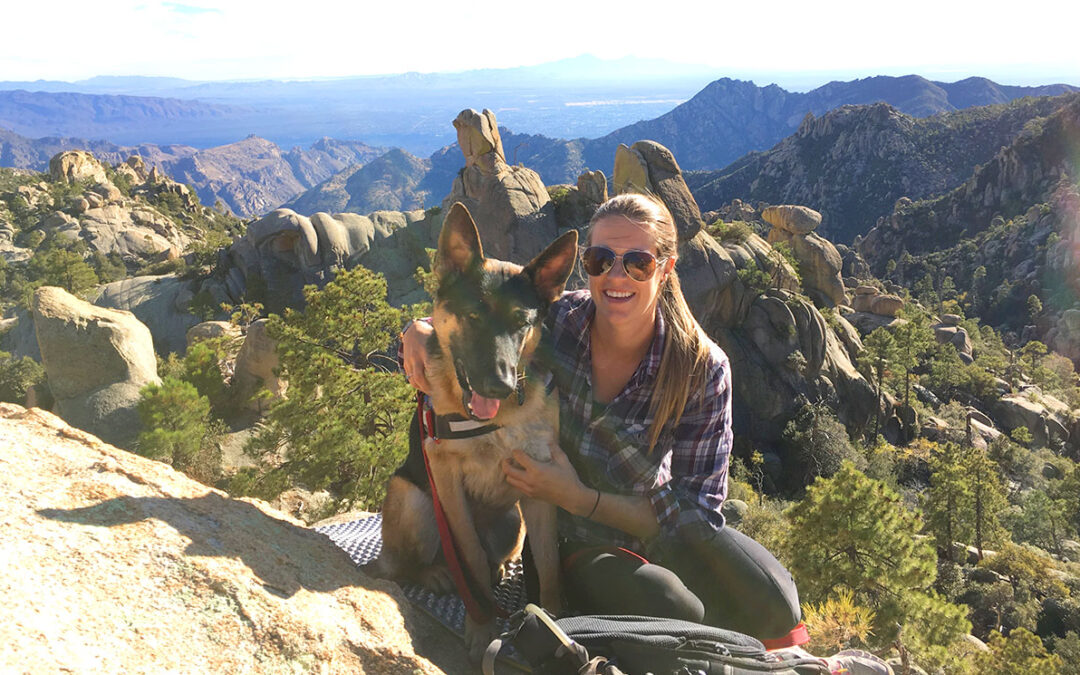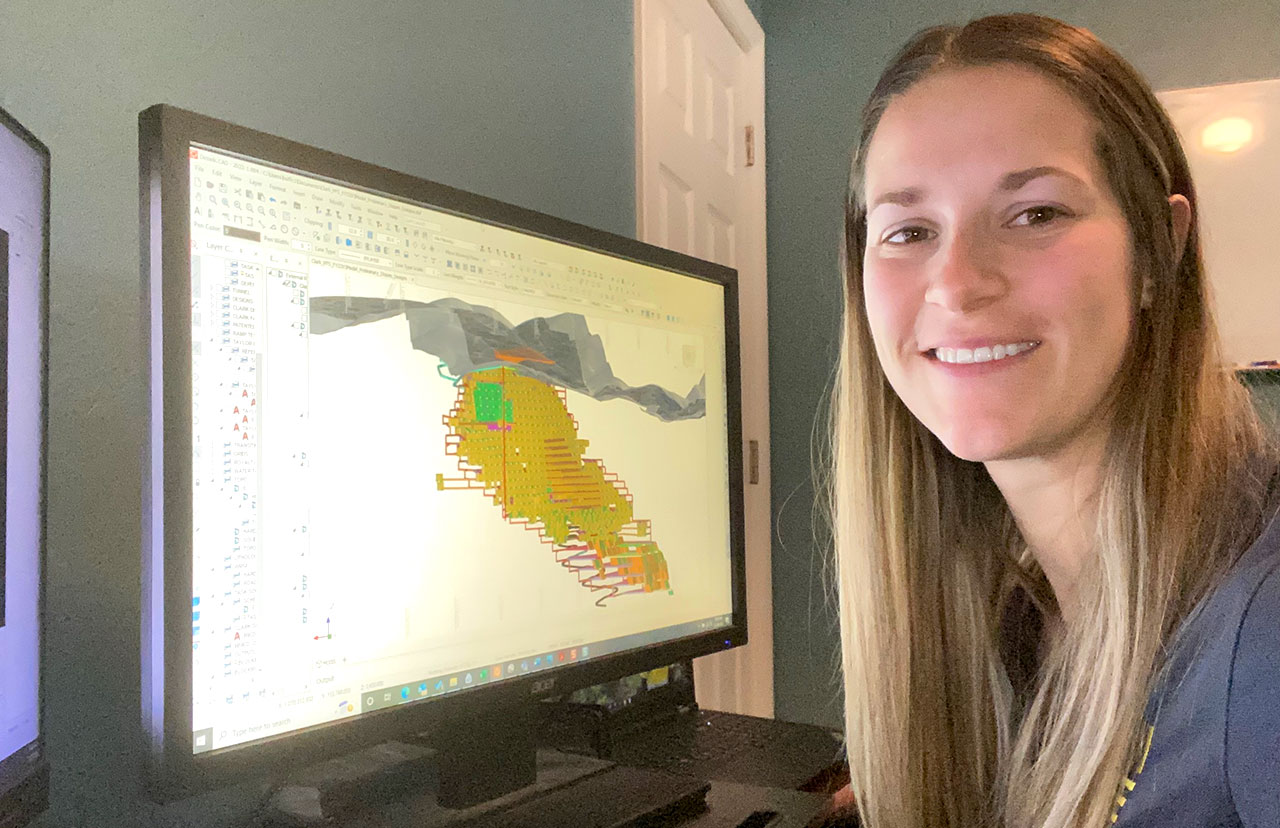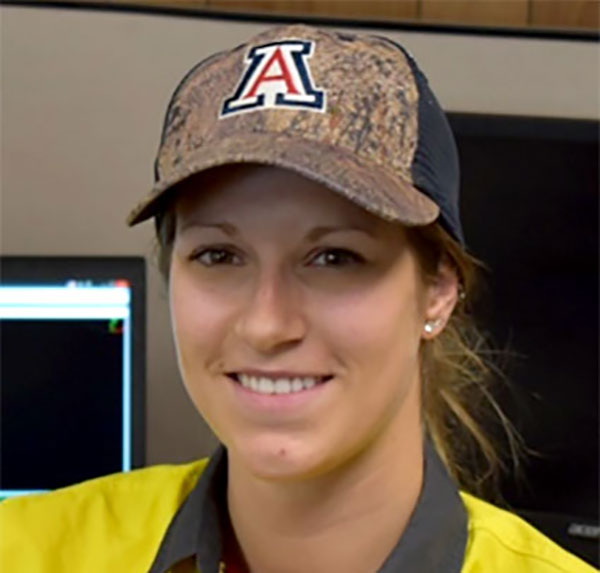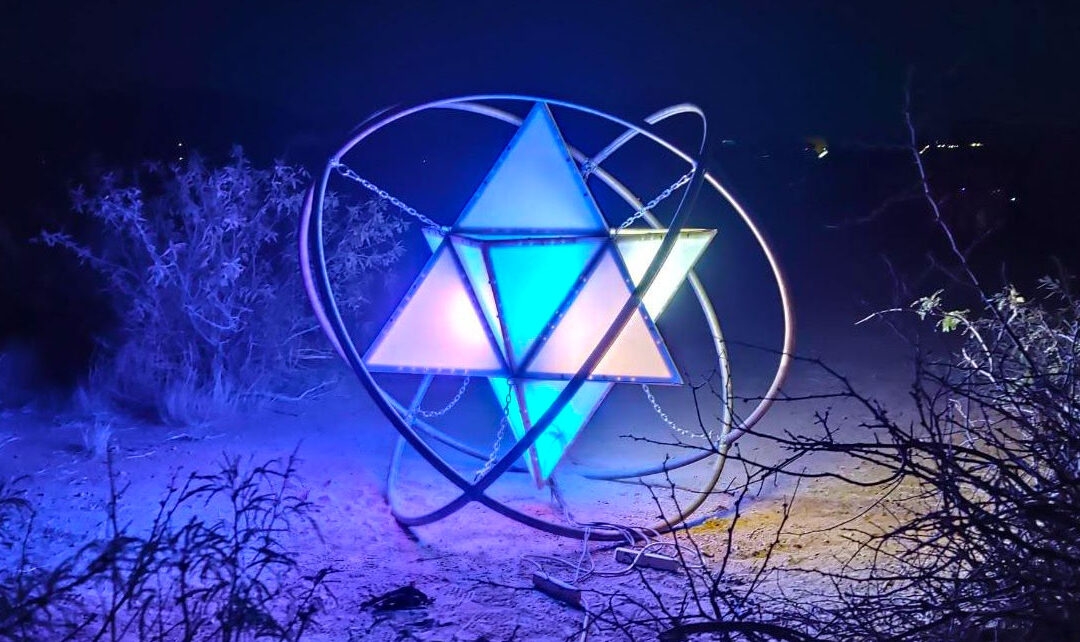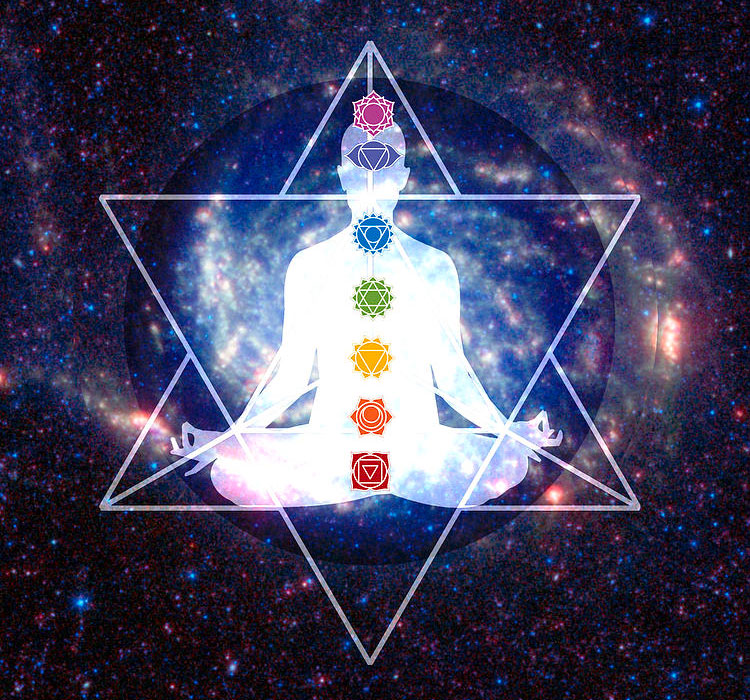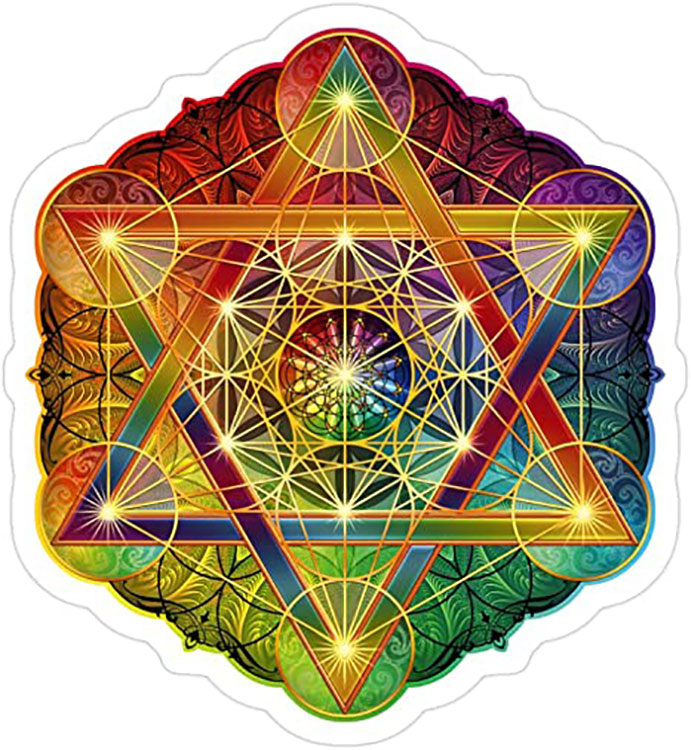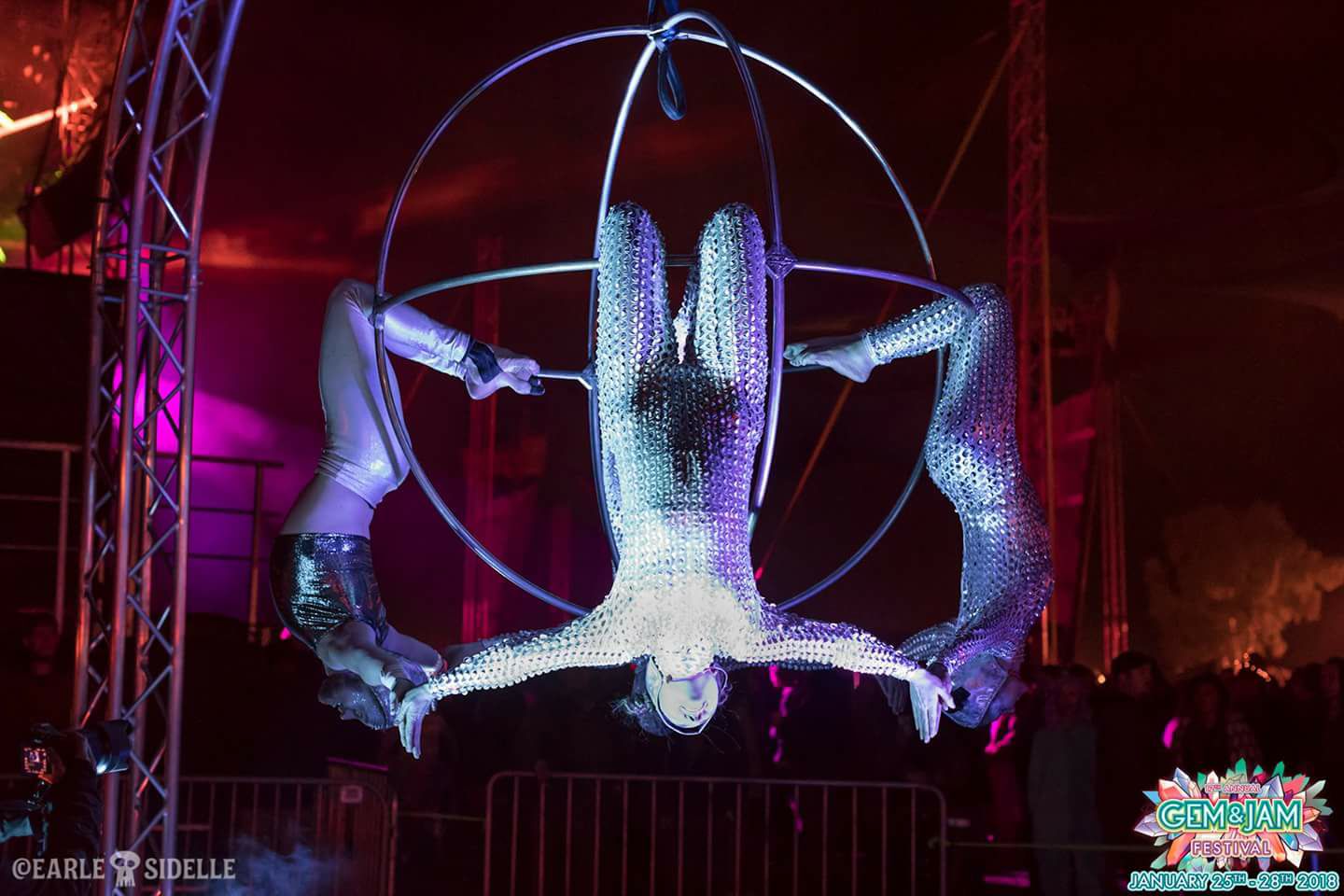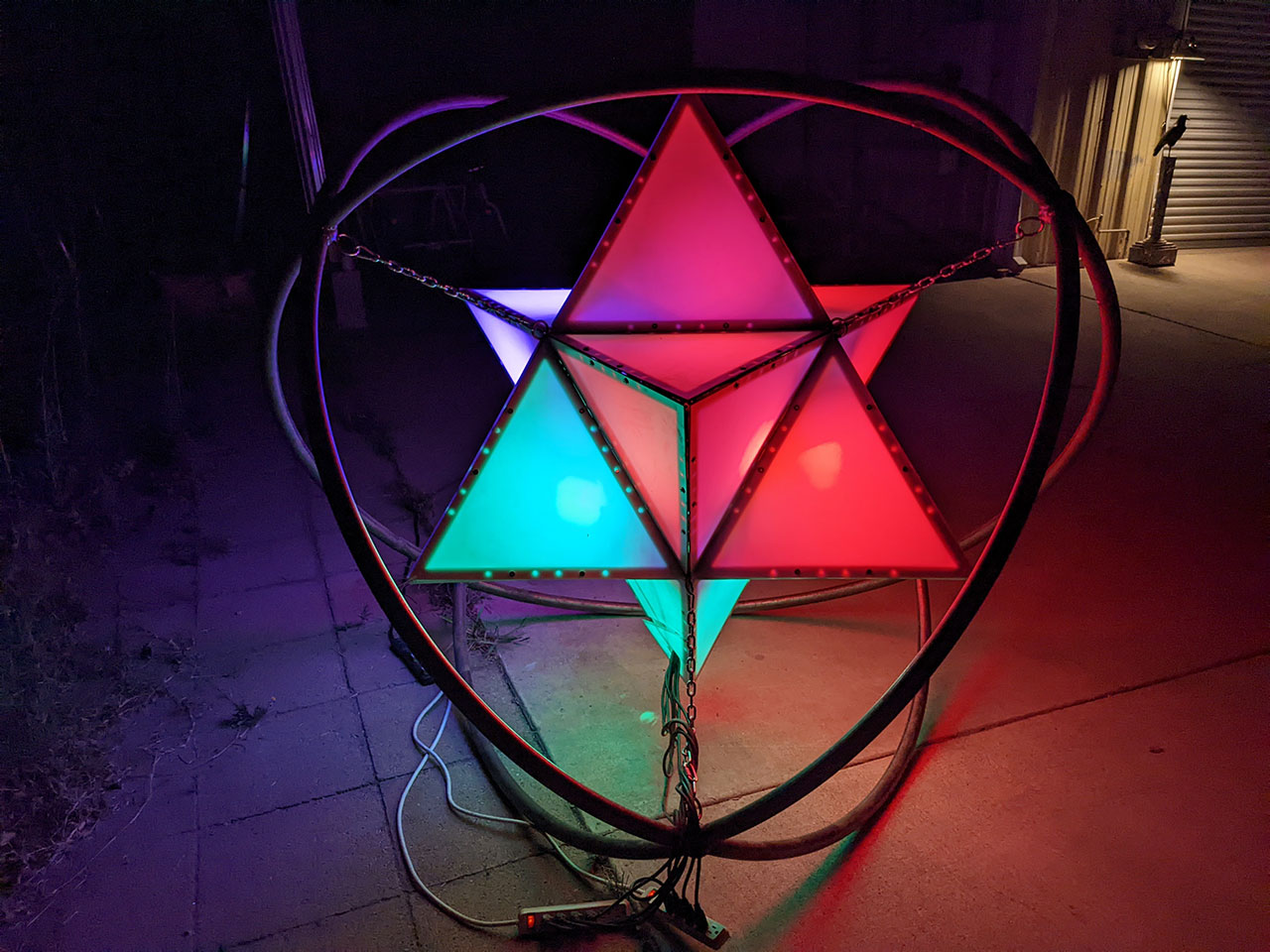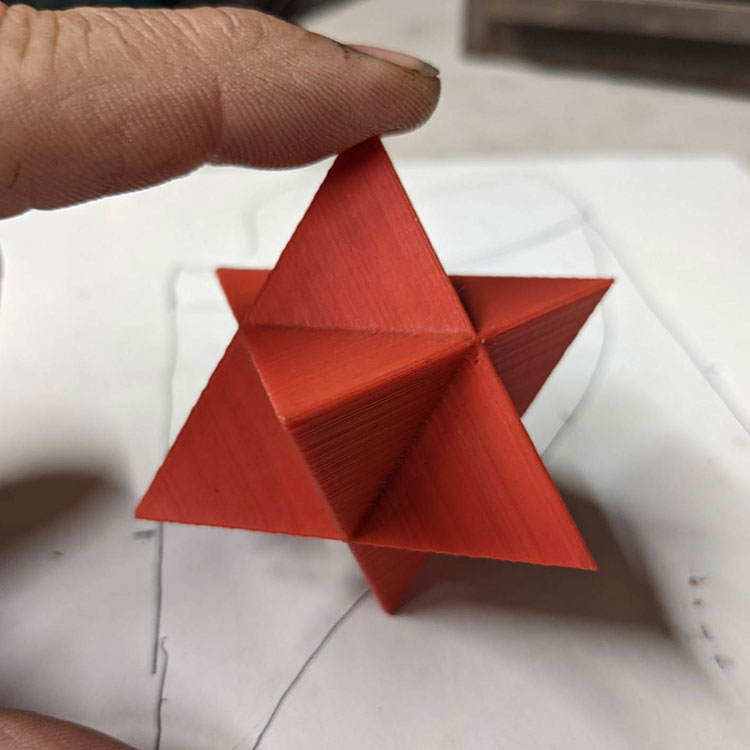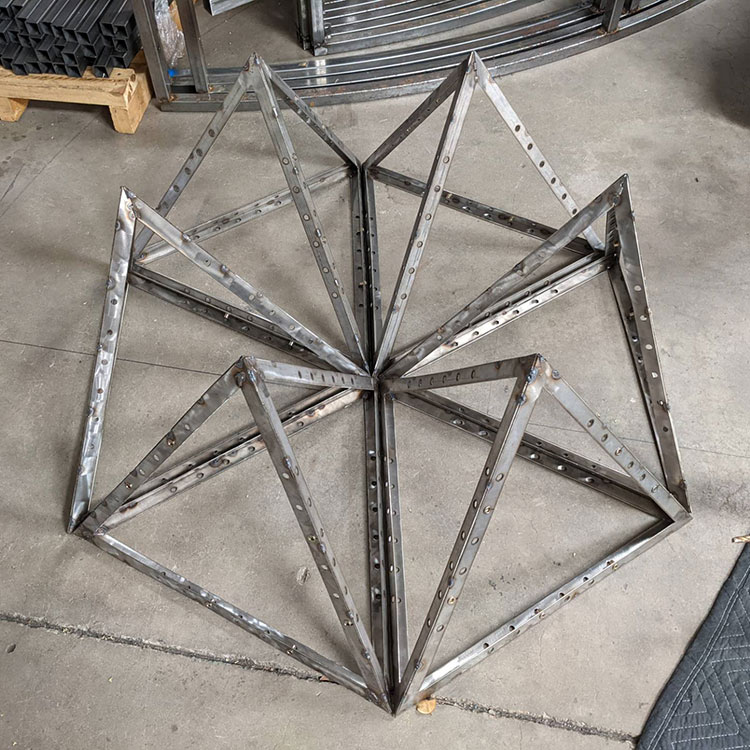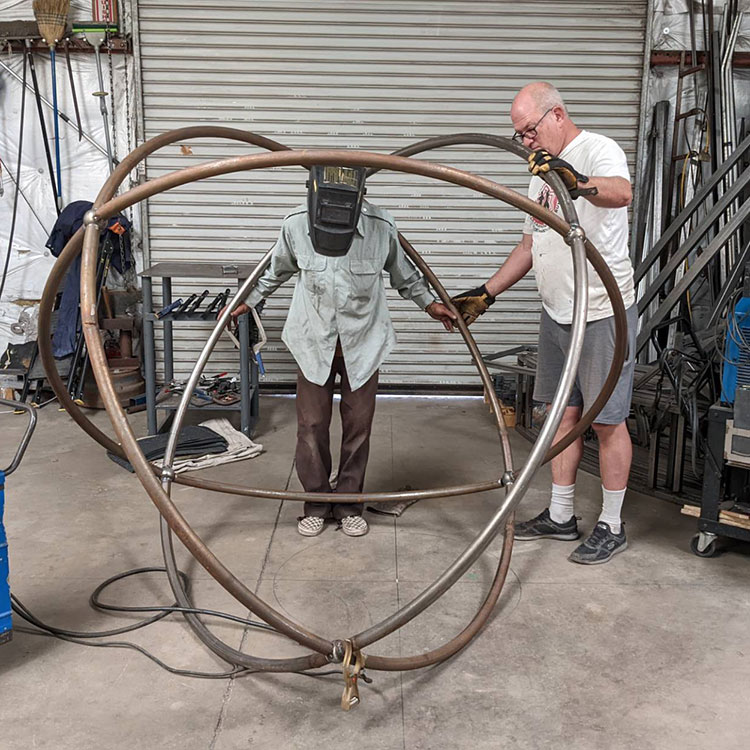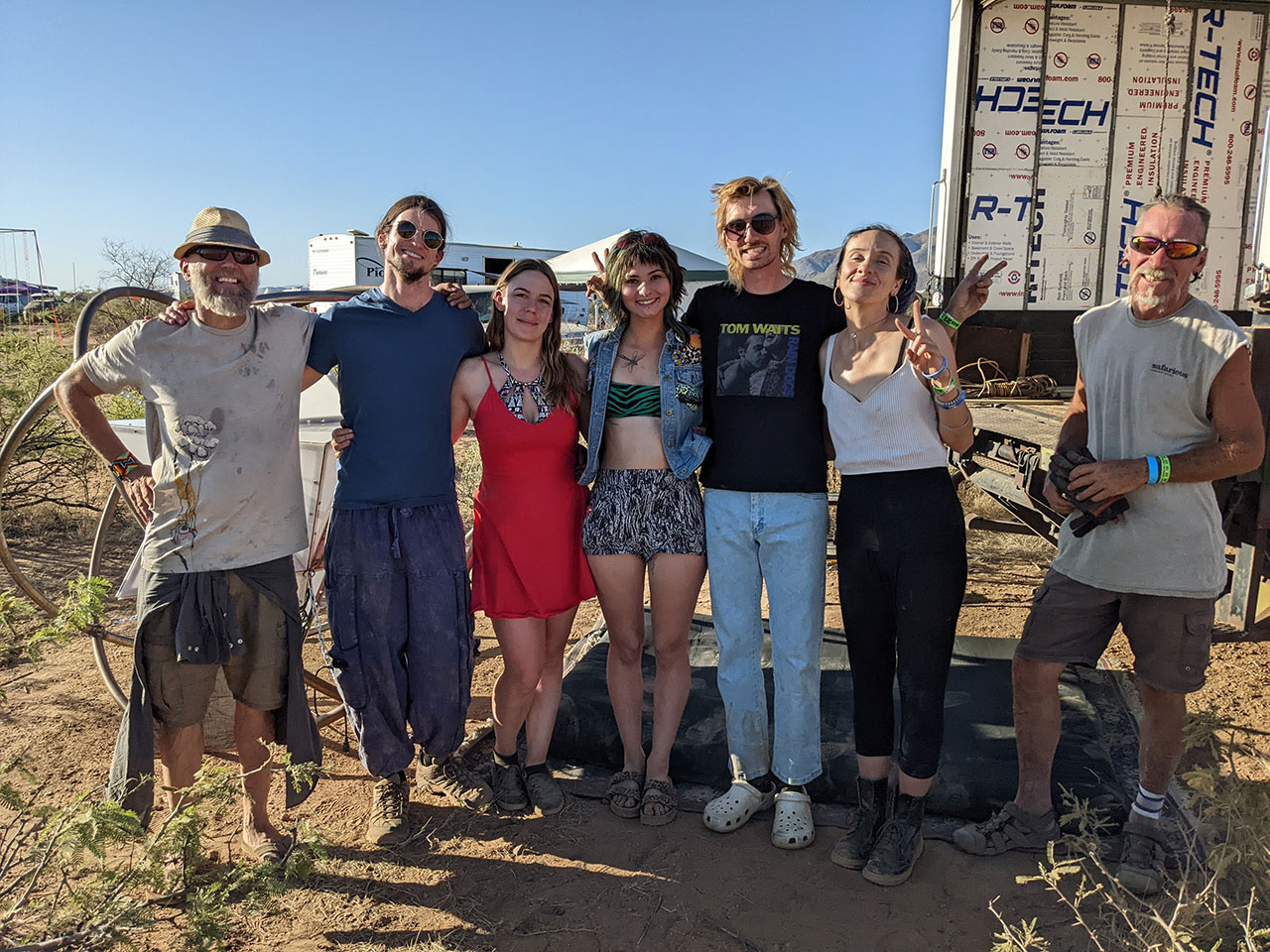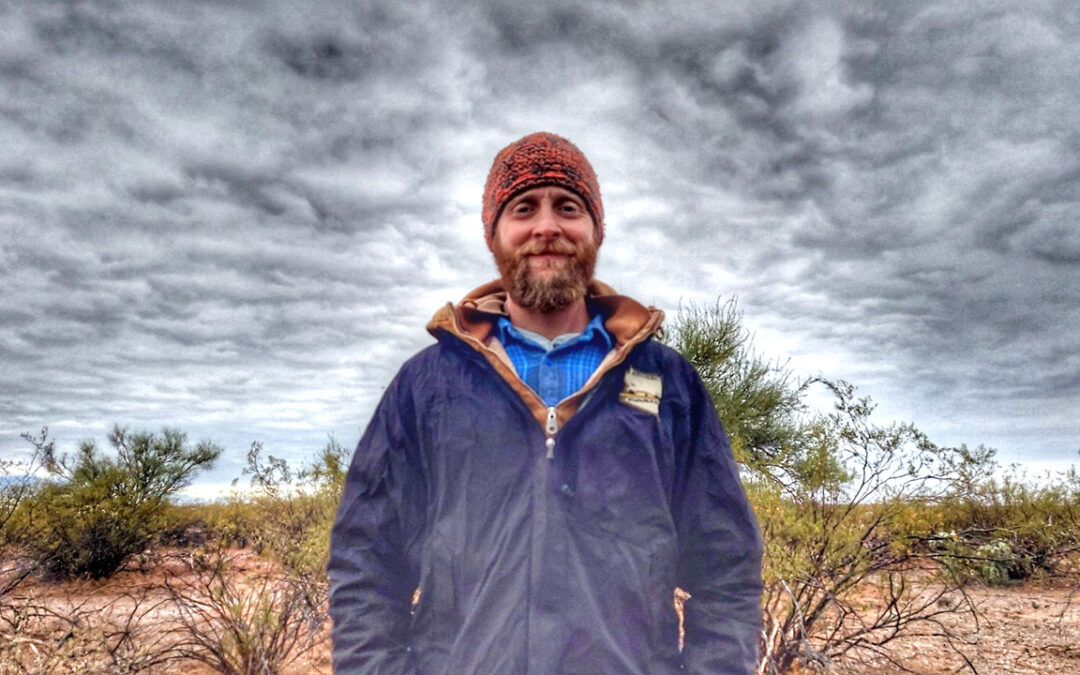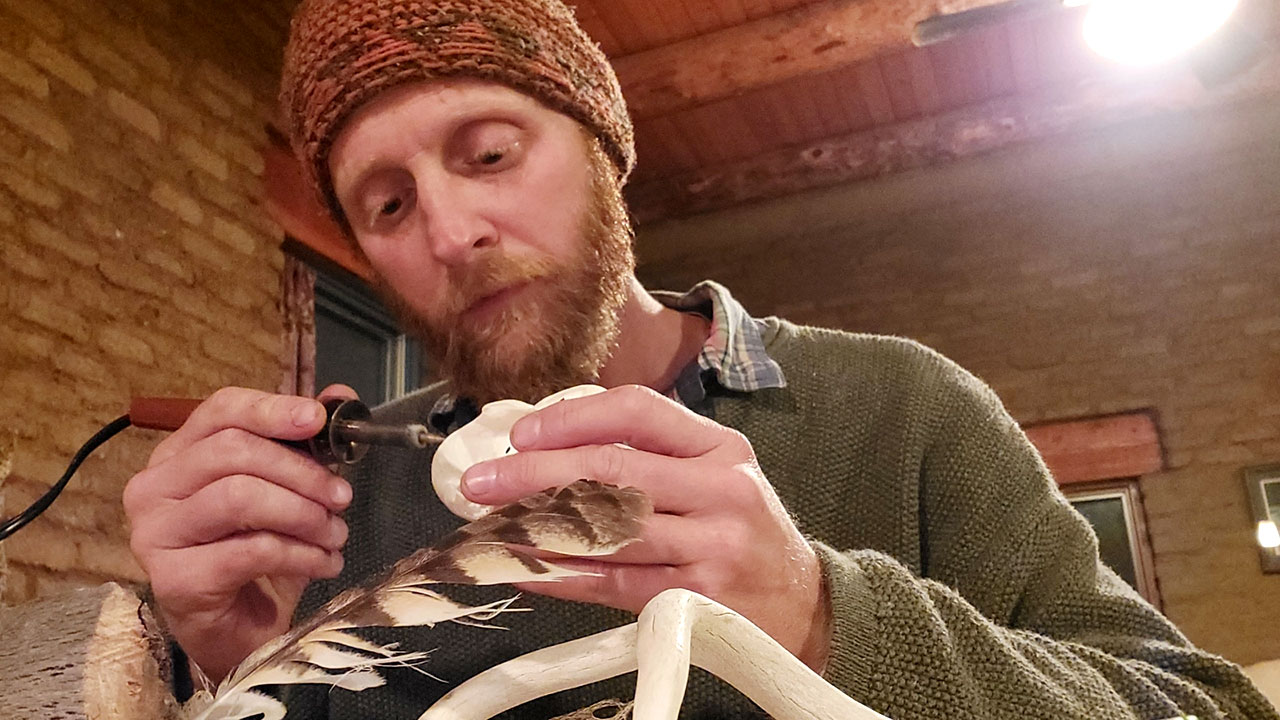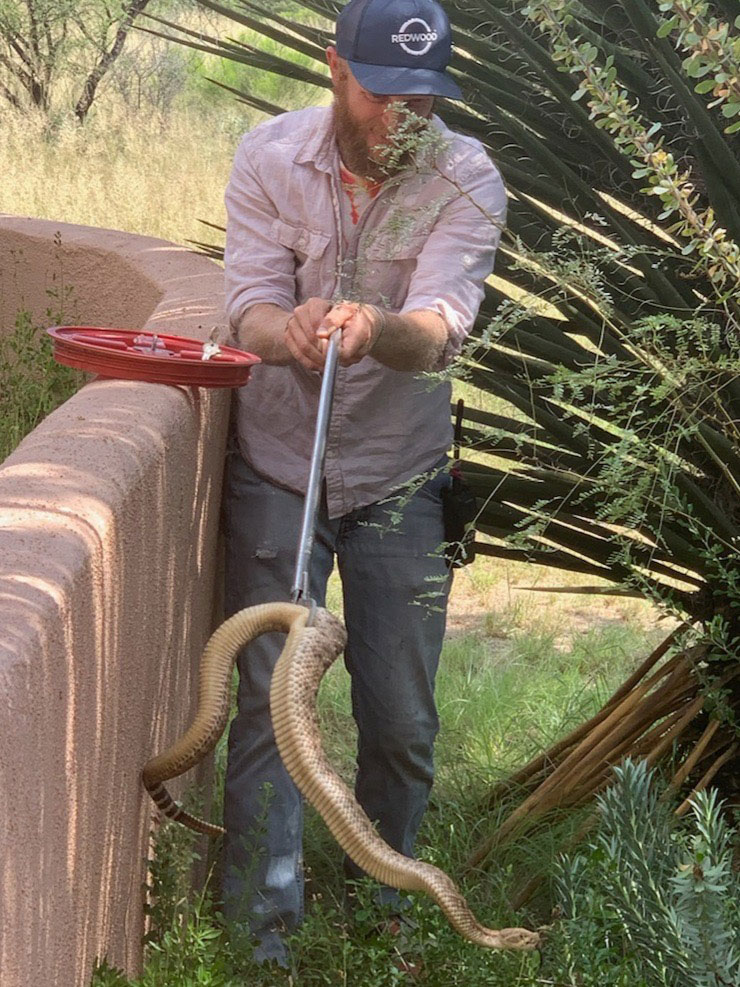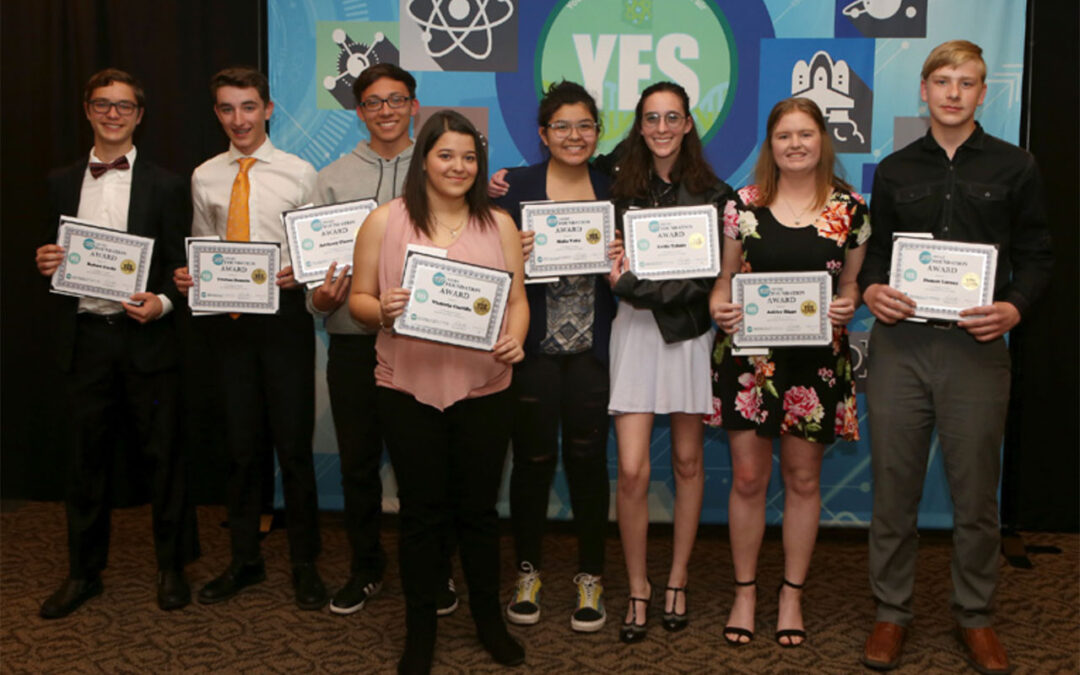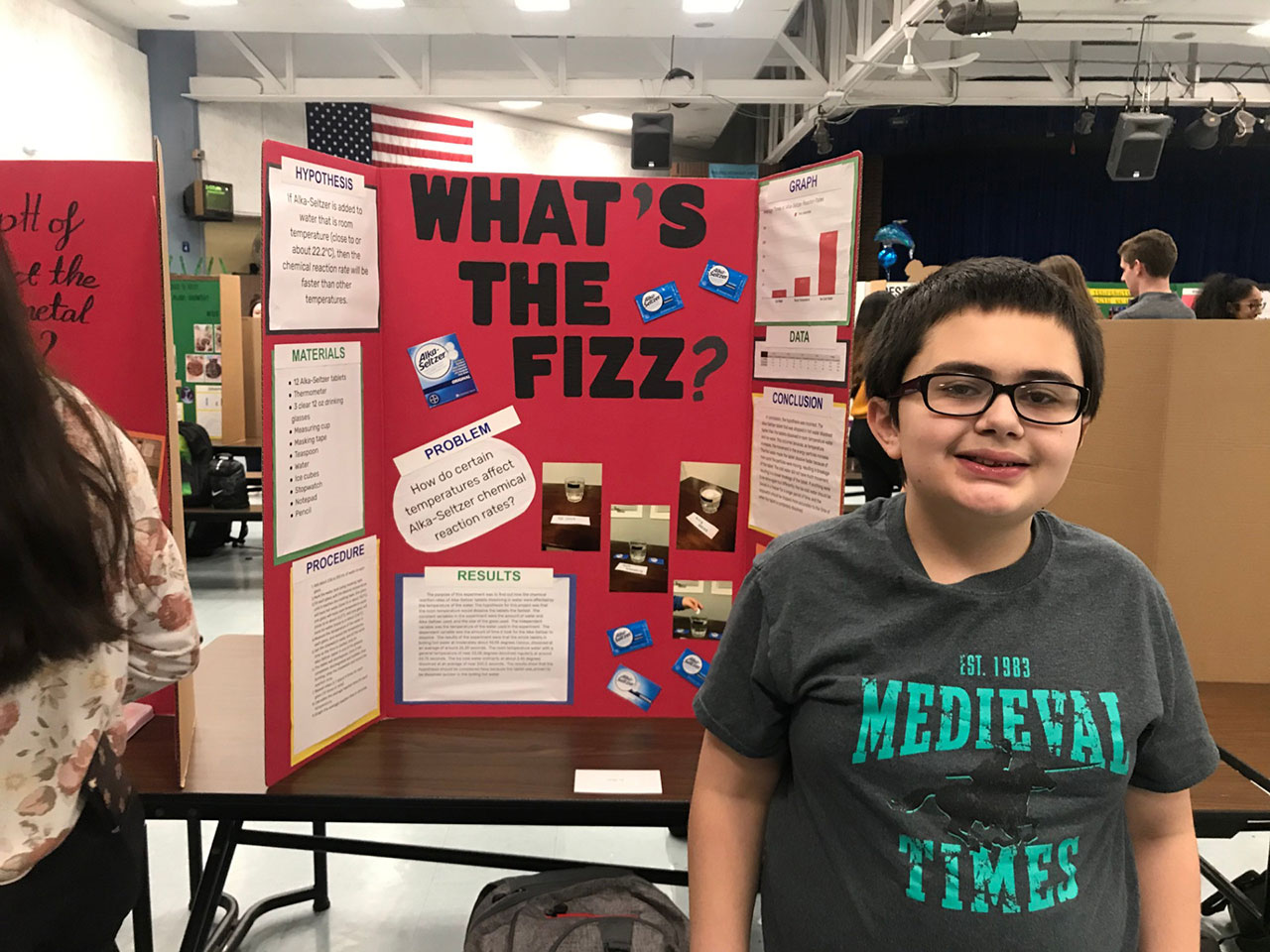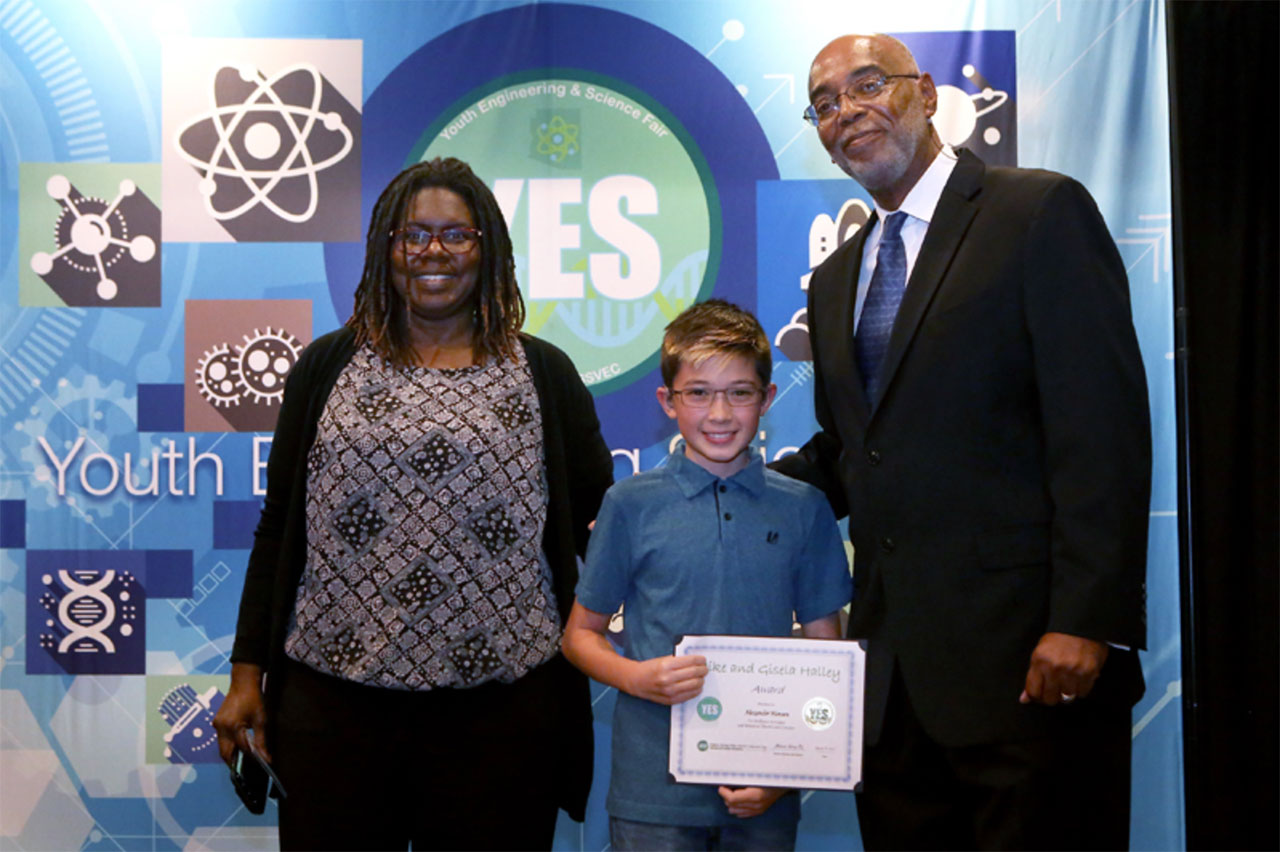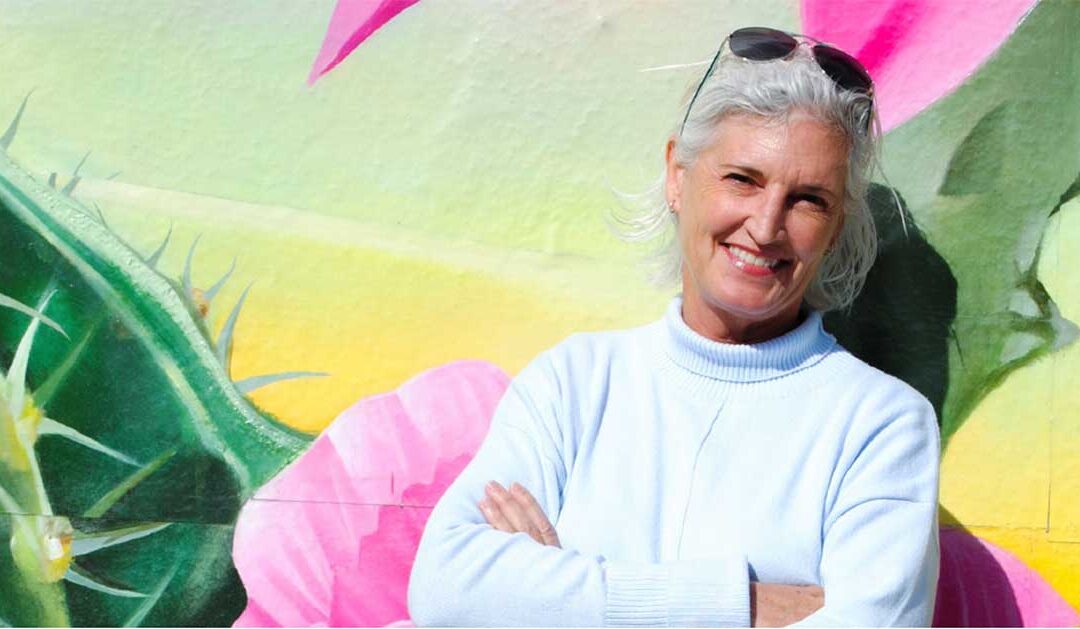
SPONSOR HIGHLIGHT: Mary Estes, Landscape Architect and Principal with Norris Design
MBC sponsor Mary Estes is a Landscape Architect and Principal at Norris Design, an integrated planning, landscape architecture and branding design company.
Collaborating with our sponsors, we’re sharing the many ways professionals cultivate and use creativity to improve their personal lives, their careers and their communities. This article features Mary Estes, Landscape Architect and Principal at Norris Design. Read on to learn more.
Mary Estes is a Professional Landscape Architect and Principal at Norris Design, a firm with multiple offices in Colorado, Texas, and Arizona. Norris Design specializes in creating places where people live, work and play.
Landscape architecture encompasses the analysis, planning, design, management, and stewardship of the natural and built environment through science and design. The fundamental practice of landscape architecture includes keeping the public safe from hazards, protecting natural resources, and sustainably managing the natural and built environment surrounding our homes and communities.
For Mary, part of exercising creativity involves foreseeing conflicts between design disciplines (architects, structural engineers, civil engineers, electrical engineers, etc.), constructability concerns, zoning code requirements, all while ensuring that client goals are met. Her role is to help the design team deliver the best possible solutions for their projects.
Mary says, “There are always unforeseen issues in the field where we need to make a quick decision and maintain the integrity of the design. The Landscape work evolves over the course of the entire design and construction process. When the construction is complete, a project can take years before it realizes its full potential from a landscape perspective. The plants need time to mature, creating habitat, shade, defining space, and providing maximum value.”
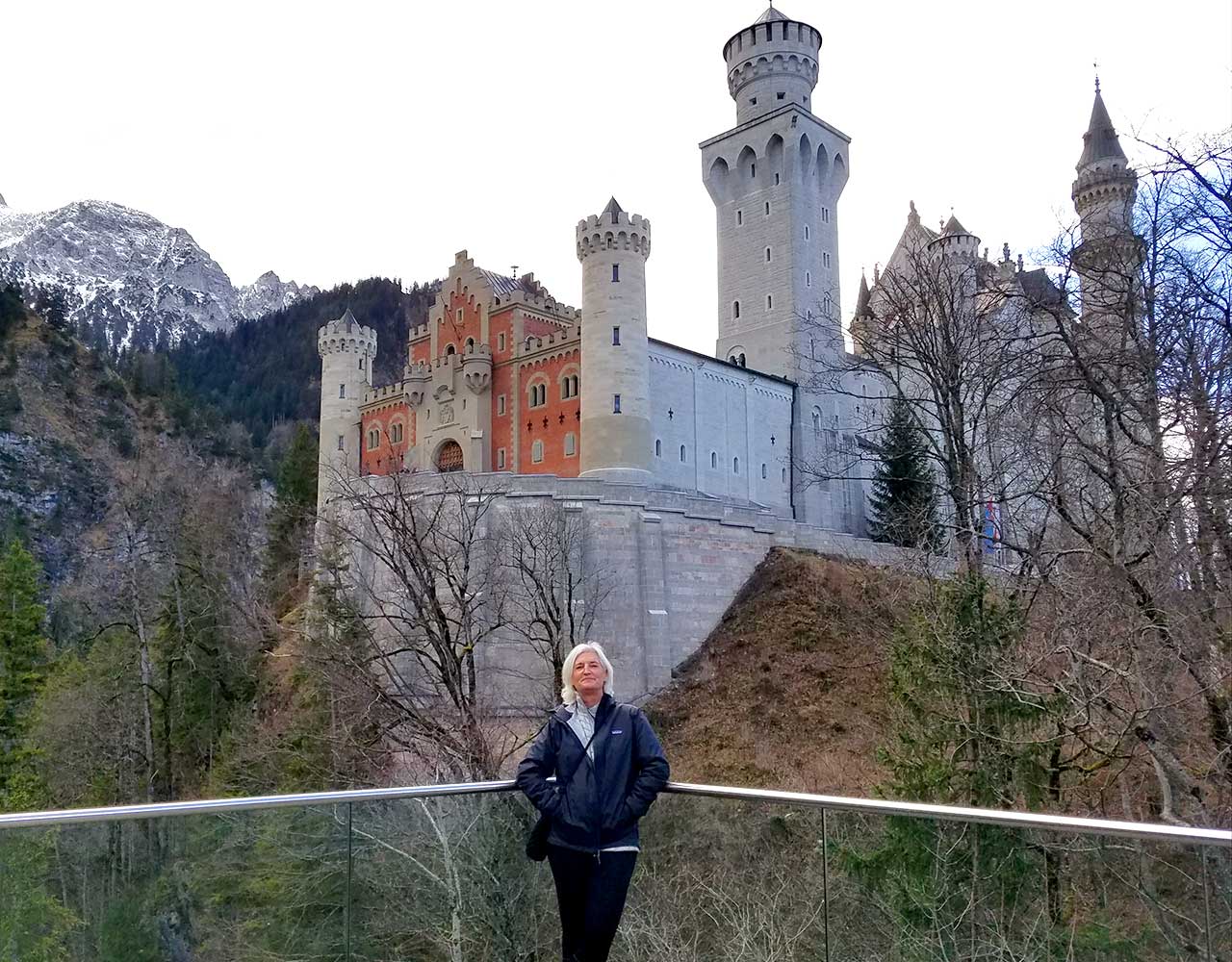
Mary Estes in Germany, March 2020, in front of Neuschwanstein Castle.
Mary always considered herself to be creative. In high school, her drawings won a few art contests, and she even sold some of her artwork. When she arrived at Texas A&M University, they didn’t have a Fine Arts school, so instead Mary studied Environmental Design.
She studied abroad for a semester where she had the opportunity to work together with Landscape Architecture students on some projects. Once she graduated, she moved to New York City and accepted a position with a small architectural studio. There, she met a landscape architect who had a growing practice in the city where she eventually worked for seven years, learning much of the profession while on the job.
While working as a landscape designer, she went back to the City College of New York to take some courses in their Urban Landscape Program. Eventually, she had enough experience and education to take the landscape architectural registration exam and receive her license in 1996
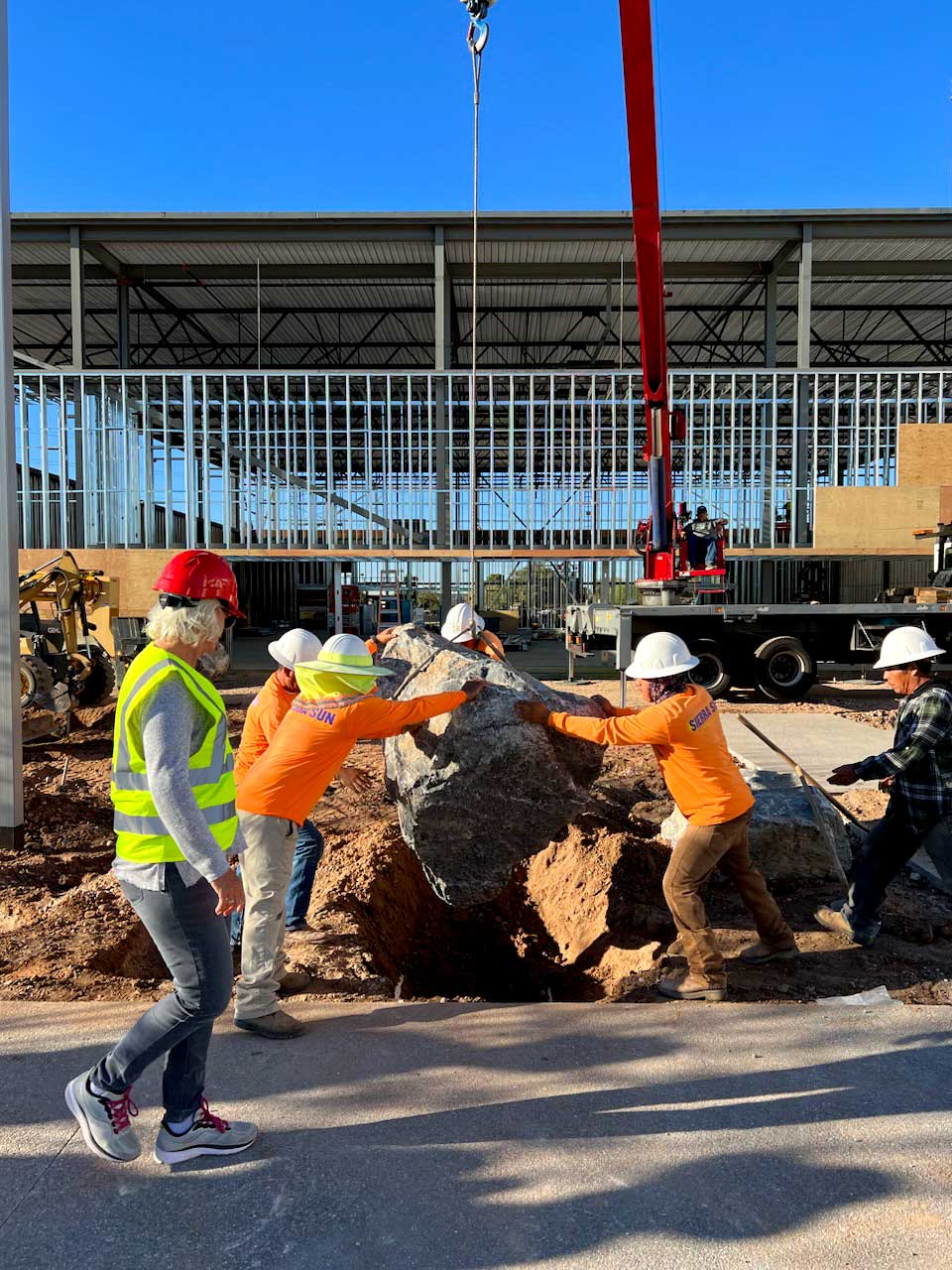
Mary in the foreground at a job site visit where the crew is placing giant boulders in Glendale, AZ.
Mary explains, “All of landscape design is creative, which means thinking outside the box…. and looking for solutions to problems in new ways by unlocking your imagination. To stimulate my creativity, I listen to various genres of music and try to clear my mind of other ‘life stuff.’ I find that exercise—like walking, trail running, bike rides—helps me to focus and tap into my natural creativity. For a more challenging design problem, I like to tackle it first thing in the morning, when my mind is fresh.”
Creativity requires Mary and her team to ask a lot of questions, like:
- How will the plant combinations go together?
- How do you circulate through or around the space?
- What are the needs for the community or resident or homeowner?
- How do we make sure the space is comfortable, safe, inviting, and accessible for all?
- What clues can we draw from history that might help inform our design?
Mary’s career path was not a straight line. She advises people starting out in their career to, “Be open to possibilities that you haven’t perhaps even thought about yet! I never considered being a landscape architect and when I enrolled in the University, I didn’t really know about the profession. Now, I could never imagine being anything but a landscape architect! It’s truly a creative passion of mine and I learn something amazing every day.”
THANK YOU, MARY ESTES!
